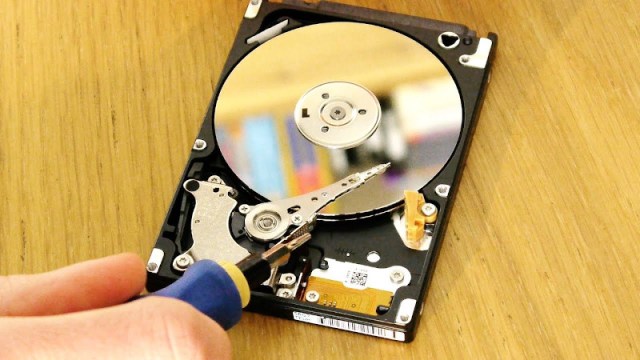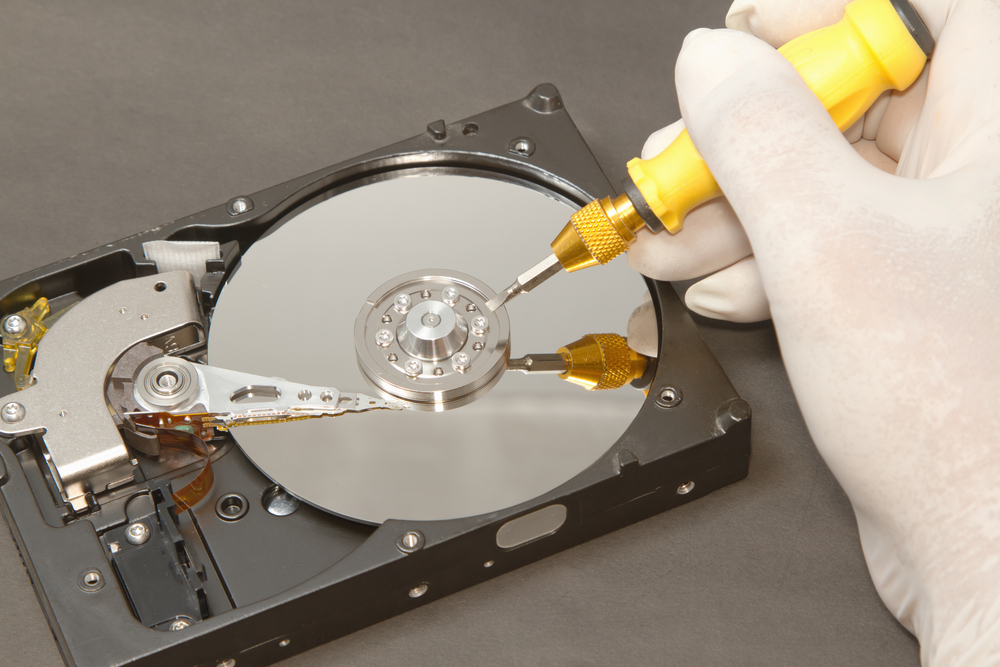
How To Recover Data From a Failed Drive
The beauty of digital storage is that everything is accessible at the tip of your fingertips. But the downside is that any storage device can fail, and when it does, your data is likely to become unrecoverable. This can be especially true when you are working with a storage drive that has failed. A failed storage device can be one that physically stopped functioning, such as a hard drive that became unresponsive and needed to be replaced or one that had a logical failure, such as losing power and becoming uncountable. Whatever the reason, when a storage device fails, you need to take immediate steps to prevent further data loss. But what happens if your data isn’t lost, but rather inaccessible? Data recoverability happens when a storage device fails, and the data on it is inaccessible. This article will help you understand different types of data loss and how to do data recovery from a failed drive.
Review the Situation
You need to review the situation and understand what led to data loss. For example, if you are experiencing data unrecoverability, then it is likely that the drive had a logical failure and the data is still there. There could also be a virus or malware infection on your system which might have corrupted the drive. If it was a physical failure, then the data is almost definitely lost and cannot be recovered.
Determine Where Your Data is
The first step when you are trying to recover data from a failed drive is to determine where your data is. If your drive has failed, then the data is likely on the unmountable storage drive. If it has lost power, then the data may be stored in a backup archive or on another storage device. A logical failure could also cause your data to be lost if there are errors in the file system that prevent you from accessing it.
Decide How You’ll Recover the Data
Once you’ve determined that your data is unrecoverable, you need to decide how you will recover the data. There are two options for recovering lost or inaccessible data from a failed storage device:
– You can try to recover the data manually, which is a complicated process that involves using software to scan the drive and locate the files. This is a time-intensive process that may not work.

– You can use an automated file recovery service, which will scan your hard drive and attempt to recover any lost or inaccessible data for you automatically. You upload your storage device to the site and instruct them on what type of files you’re looking for, such as pictures, video, music, or documents. The service will then go through the hard drive and find anything that matches those criteria.
Create a Backup of Your Computer
The first thing you should do when your data becomes inaccessible is to create a backup of your computer. You can do this by using an external drive or by backing up your data on the cloud. This way, even if the storage device fails, you will not lose any more data because you have it saved somewhere else in another location that is accessible.
Recovery Methods
There are two different types of data loss you may experience, and there are different recovery methods that can be used for each. One type is unrecoverable data, which means the storage device has failed and the data on it cannot be accessed. With logical failures, however, your data may not be lost but rather inaccessible. This can occur if you have a hard drive that has crashed or been corrupted in some way.
When recovering from logical failures, there are three main ways to recover data: 1) Restore the file system 2) Backup and restore 3) Data recovery software
Potential Risks of Recovery
There are many risks involved in recovery. For example, if you don’t have a backup of your data, the risk is that you’ll lose all your data and information. If you do have a backup but it’s not up-to-date, the risk is that you’ll lose some of your data when recovering it because the file may be older than the one on the failed drive. Or, if you don’t know how to recover your data from a failed drive, there’s a risk that you won’t be able to recover it.
Conclusion
As you can see, recovering your data doesn’t have to be a complicated, time-consuming and expensive process. There are several different ways to get your data back, and the right solution will depend on your situation. Review the tips above, and then make the decision that’s best for you.
